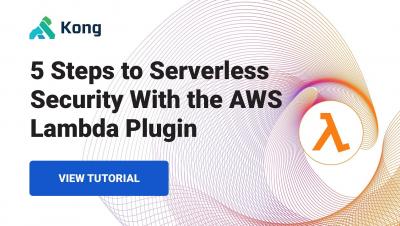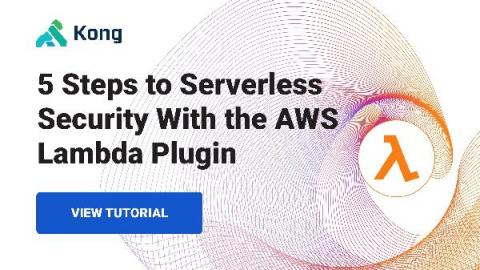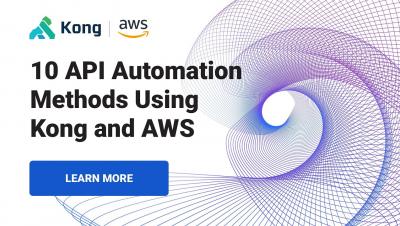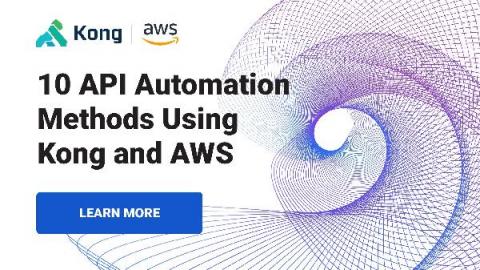Systems | Development | Analytics | API | Testing
Kong
My DevOps Journey Beyond Configuration Management
For most of my software engineering career, my experience with DevOps was all about configuration management. But after many years of experience with some key mentors, I began to see DevOps as so much more. In this article, I’ll summarize my DevOps evolution from a high level. If you’d like to go further in-depth, check out the recording from my Destination: Automation presentation below.
Balancing Innovation and Security With Automation [Destination: Automation]
Serverless Security With Kong's AWS Lambda Plugin
5 Steps to Serverless Security With the AWS Lambda Plugin
For the DevOps-averse developer, lambdas are heaven. They can focus on writing self-contained and modularized pieces of code, deploying these functions for on-demand execution without being concerned about resource management or infrastructure. Lambda execution , however, can be tricky. Serverless security with the AWS API Gateway can feel daunting, especially when all you want to do is call a simple function as an API endpoint. For this, there’s the ease of Kong Gateway .
Balancing Innovation and Security With Automation [Destination: Automation]
How to Make Digital Transformation Work
The best way to appreciate key concepts involving digital transformation is to look at real-world examples. In a recent Kong webinar, I sat down with Solutions Engineer Ahmed Koshok as he reviewed several real-world case studies that help illuminate the role of microservices in making digital transformation successful for organizations. The case studies included Papa John’s, NextJ Systems, and Yahoo! Japan.
API Automation with Kong and AWS
10 API Automation Methods Using Kong and AWS
Apps of today differ from those of the past. Evolving organizations like Cargill need to scale quickly to support millions of users, have global availability, manage petabytes or more of data and respond in milliseconds. That’s why modern apps now leverage API automation.











